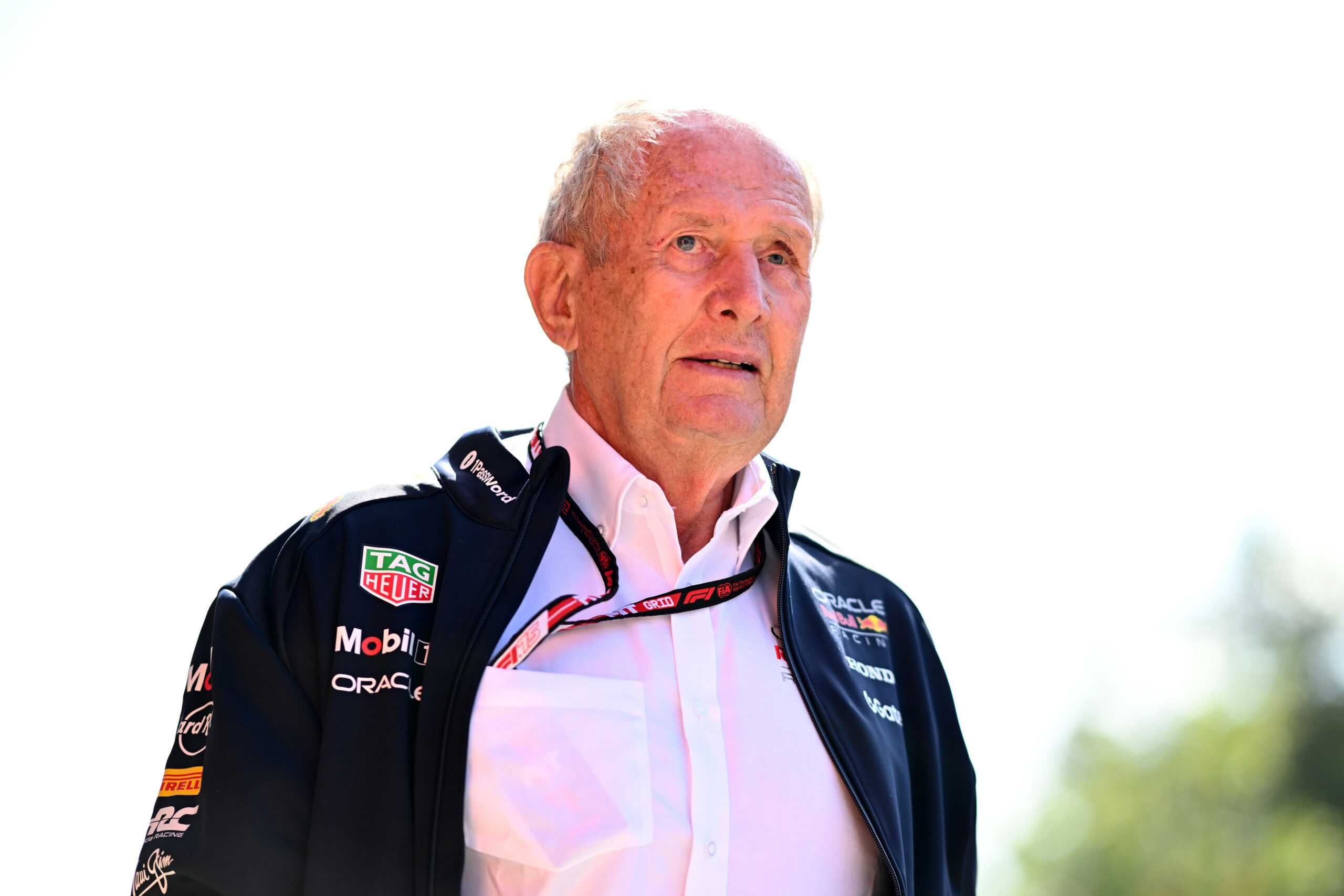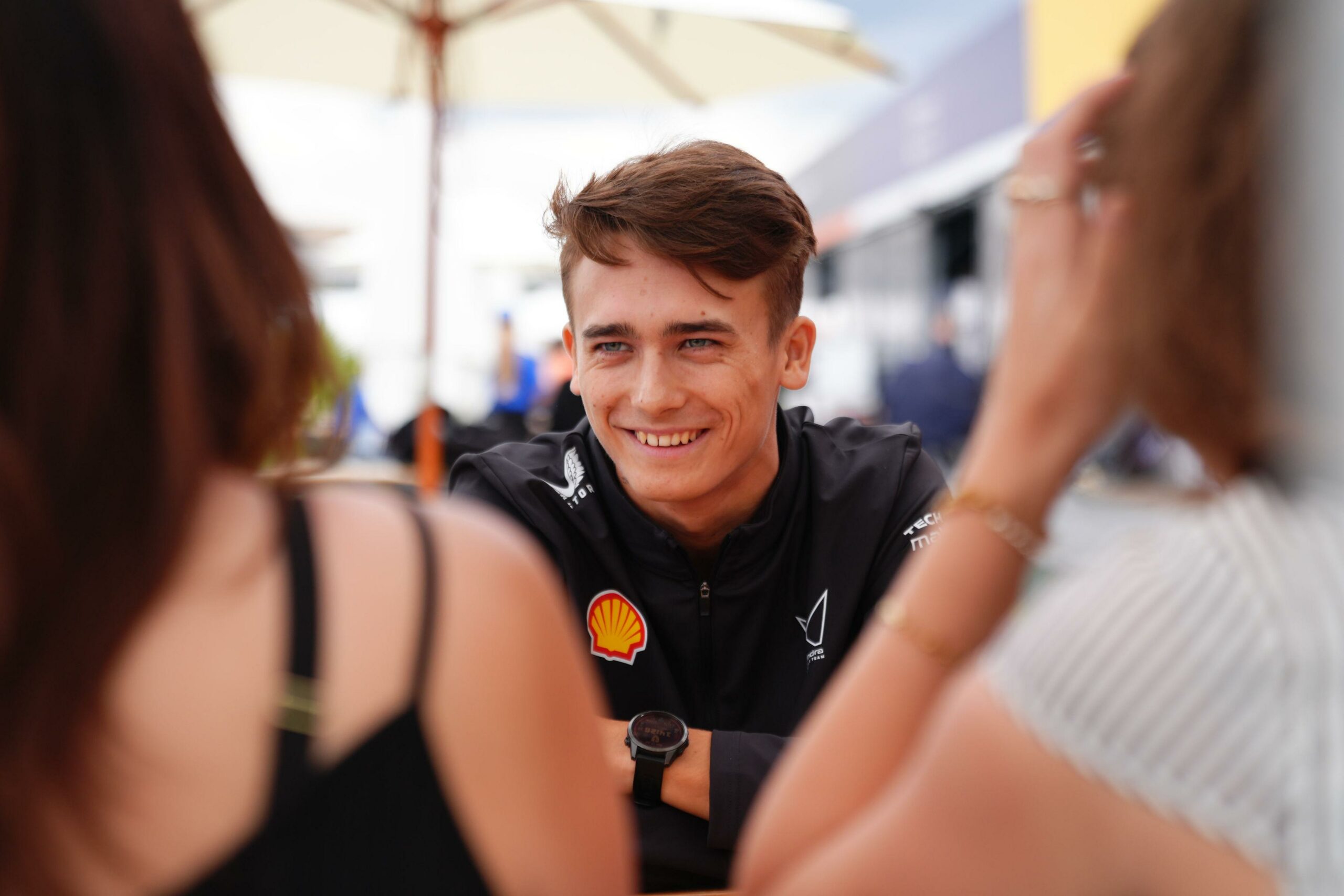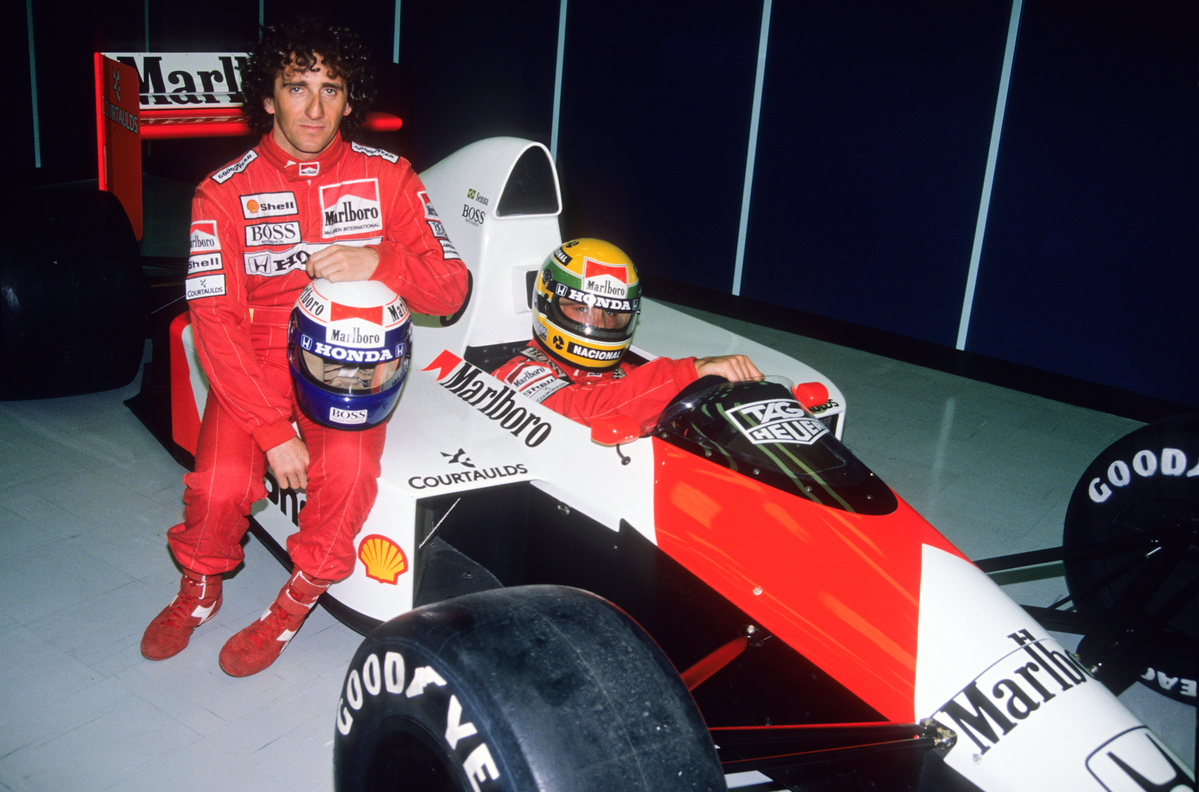
Picture Credits Mercedes-AMG Petronas Formula One Team
The Formula 1 Commission held its first meeting of 2023 this past Monday in London ahead of the start of the new F1 season. This latest gathering of the F1 Commission saw the group discuss and approve key regulatory changes which will now be deployed throughout the coming year. The announcement certain to excite fans was the fact that there will be DRS changes to five tracks which will be implemented this season. A move which will hopefully lead to even more opportunities for wheel-to-wheel racing.
Monday’s meeting of the F1 Commission was chaired by Formula 1 President and CEO Stefano Domenicali and newly appointed FIA Single-Seater Director Nikolas Tombazis. An overview of the key discussion points and decisions was made available to the public through the FIA website and generated a lot of conversation online.
One of the lasting images from the 2022 F1 season was the cat and mouse between Charles Leclerc and Max Verstappen battling to be last across a DRS detection point in Jeddah at the Saudi Arabian Grand Prix. Therefore, having faced criticism that DRS zones were either too short or too powerful – it is encouraging to see the F1 Commission has attempted to improve this aspect of the pinnacle of motorsport.
The overview explained that The FIA has analysed DRS zones for 2022 and decided to make some changes for the coming year ‘in order to either facilitate overtaking or make it harder in certain circuits where it was deemed not to be enough of a challenge.’ These changes will be implemented in Bahrain, Jeddah, Melbourne, Baku and Miami, and involve the adjustment of detection and activation zones, and additionally in Melbourne the 4th activation zone will be reinstated. Following this news, fans have been speculating as to how changes will be specifically implemented and where they will be precisely – but there will be no news on that for a while.
However, it doesn’t stop there as certain circuits are also being modified in other ways. In Saudi Arabia, no doubt as a result of several high-speed crashes in recent seasons, significant changes have been made to improve visibility on corner entry wherever possible. Meanwhile, at a time when F1 is bigger than ever, a certain level of quality is expected from the track surface. As such, Azerbaijan and Miami race circuits will be completely resurfaced, and Qatar will be required to build a new pit building and paddock infrastructure.
Netflix series Drive to Survive will no doubt welcome the news that The F1 Commission approved the proposal to relax the regulation of radio messages to and from the drivers at all times ‘during a competition’. In doing so, one can imagine more soundbites from the cockpit but maybe also more elements of ‘driver coaching’ which had been starting to leave the sport in recent seasons.
With F1 enjoying its moment in the sun, it brings with it a lot of critics and heavy workload for those in place to regulate the sport. Therefore, in the hope of reducing the ‘current excessive workload on FIA technical staff and scrutineers during events that include a Sprint session’, The F1 Commission approved a revised Parc Fermé request acceptance policy. A policy in which Sprint weekend Parc Fermé allows a greater scope to change components that are prone to getting damaged, and greater use of self-declared Parc Fermé forms. This will apply for the whole Parc Fermé period from when the car leaves for Qualifying on Friday to when the car starts the race. This will be implemented via a Technical Directive and these self-declared forms are going to be in place with the aim of teams better policing themselves.
Other topics discussed saw minor amendments to the 2023 Sporting, Technical and Financial Regulations unanimously approved. These included: ‘the introduction of a winter shutdown period for both Competitors and PU Manufacturers, wording to ensure that shorter races have reduced points even if they don’t finish with a suspended race and wording to allow easier access to the factories for the FIA auditing team, in order to police the adherence of the teams and PU Manufacturers to the Financial Regulations, and to the Operational limitations of the technical and Sporting Regulations.’
The inclusion of a revision to the wording of regulations regarding the distribution of points for shortened races, should ensure no repeat of the controversy witnessed in Suzuka last year when Max Verstappen was uncertain if he had or had not secured the F1 Drivers’ Championship for a second year.
Also pleasing to read, was the fact that it has been agreed that a winter shutdown will be implemented for both teams and power unit manufacturers. Every fan of F1 knows the toll it takes on teams and all those out of the spotlight that keep the F1 teams running and so this shutdown will hopefully provide much needed respite for all involved.
Finally, at a time when F1 continually tries to limit spending of teams, it may have been somewhat surprising to see an increase of the cost cap adjustment for additional races above 21. Nevertheless, the agreed change will increase from 1.2M$ to 1.8M$ per race due to the fact that additional races tend to be outside of Europe and therefore considerably more expensive.
F1 continually finds itself in the spotlight for how it is governed, and no one will ever please everyone. As ever, all regulatory changes are subject to approval by the World Motor Sport Council. However, these changes do show an element of listening to fans as well as teams so here’s hoping it provides the outcome which we all want – fair and competitive close racing.





